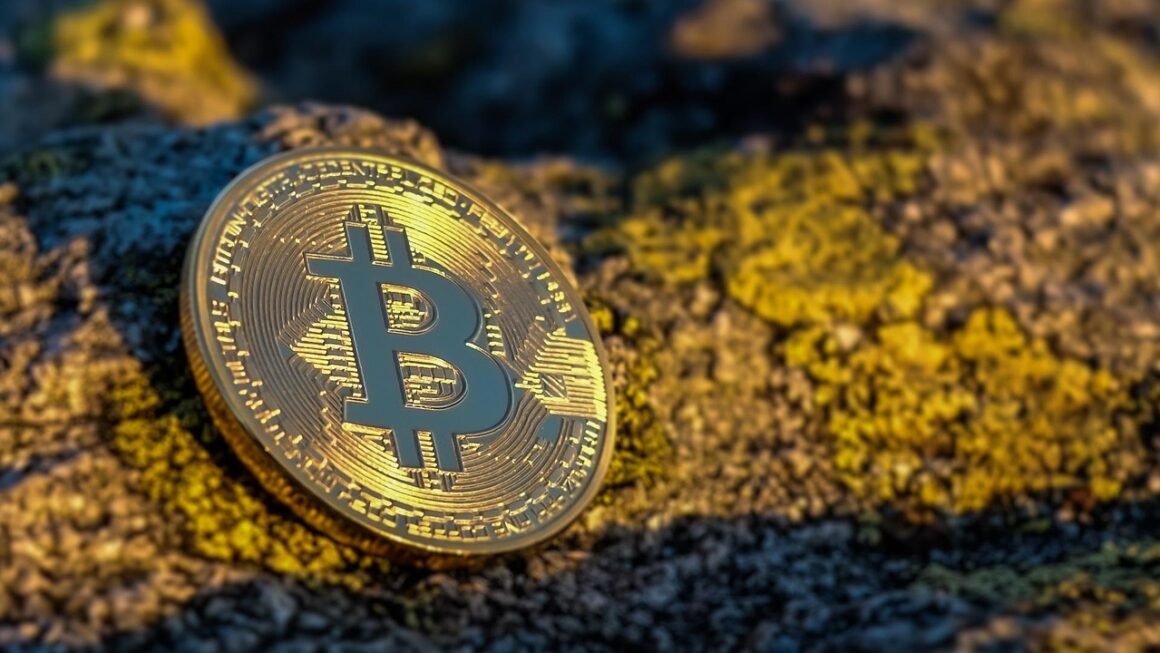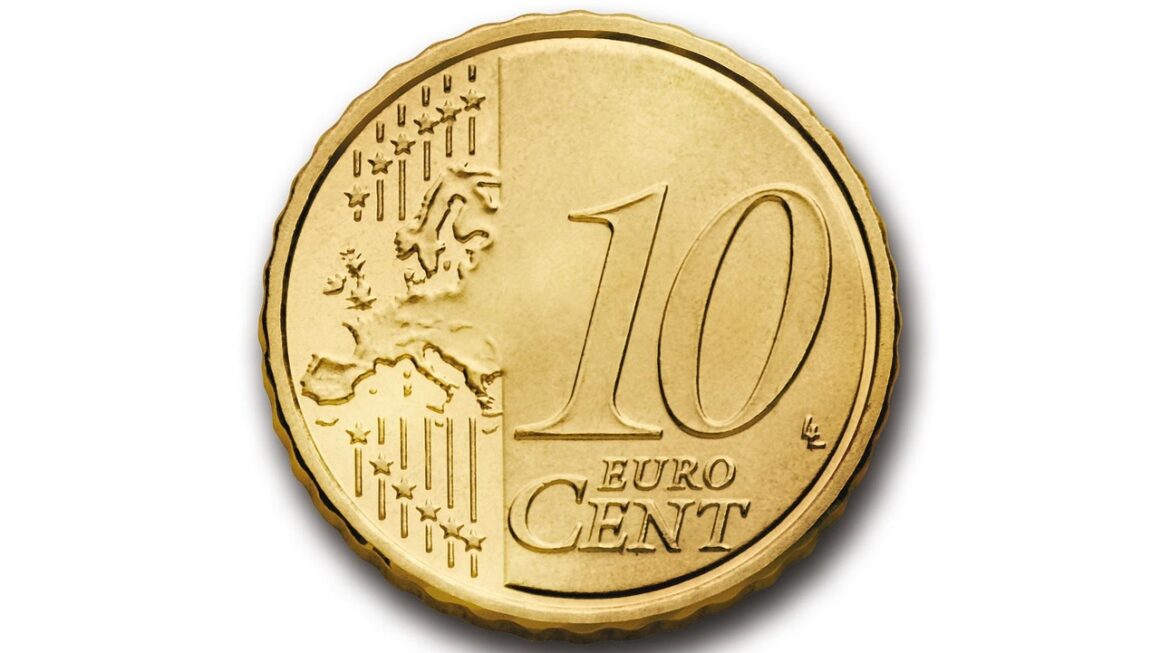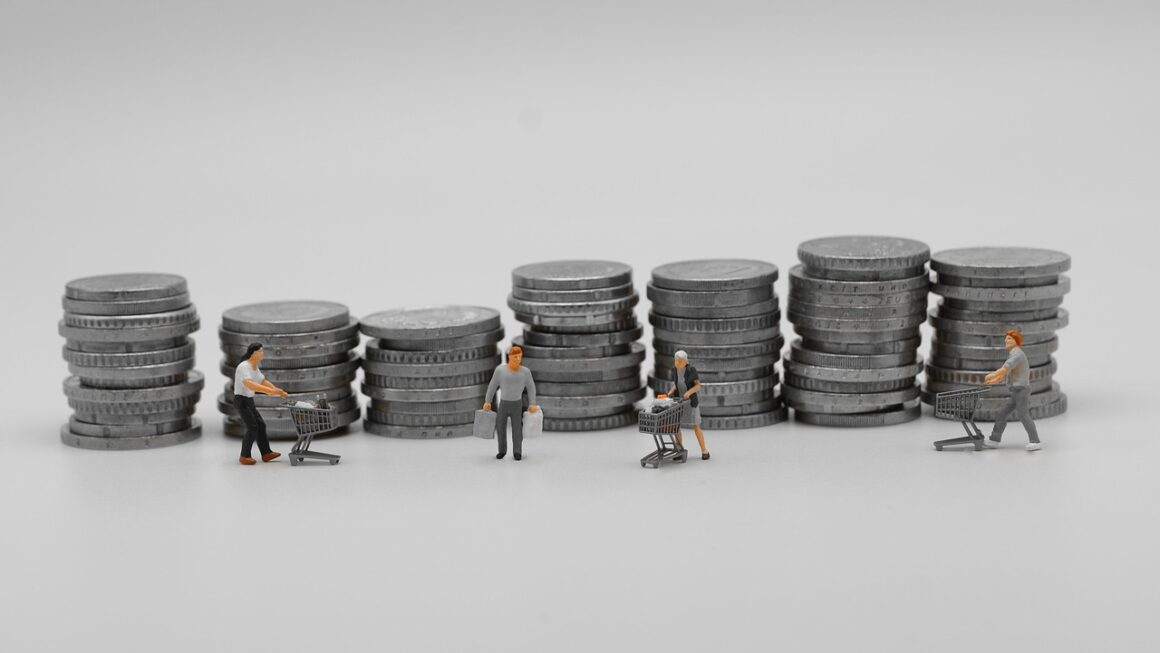An emergency fund: those two little words can be the difference between weathering a financial storm and drowning in debt. Life is unpredictable, and having a readily available stash of cash specifically for unexpected expenses can provide invaluable peace of mind and financial stability. This post will guide you through everything you need to know about building and maintaining a robust emergency fund.
What is an Emergency Fund?
An emergency fund is a dedicated savings account used to cover unforeseen expenses such as job loss, medical emergencies, car repairs, or unexpected home repairs. It acts as a financial safety net, preventing you from going into debt or jeopardizing your long-term financial goals when life throws you a curveball.
Why You Need an Emergency Fund
- Financial Security: Provides a cushion to fall back on during unexpected financial hardships. Imagine losing your job; an emergency fund gives you time to find a new one without the stress of immediate financial collapse.
- Avoid Debt: Prevents you from relying on high-interest credit cards or loans to cover emergencies, which can lead to a cycle of debt.
- Peace of Mind: Reduces stress and anxiety associated with financial uncertainty. Knowing you’re prepared for the unexpected allows you to sleep better at night.
- Protects Investments: Prevents you from having to liquidate investments during a downturn to cover unexpected costs. This is crucial for long-term wealth building.
How Much Should You Save?
The general rule of thumb is to save 3-6 months’ worth of essential living expenses. However, the ideal amount can vary depending on your individual circumstances:
- Calculate Your Monthly Expenses: Start by adding up all your essential monthly expenses, including rent/mortgage, utilities, food, transportation, insurance, and minimum debt payments.
- Assess Your Job Security: If you work in a volatile industry or have a less secure job, aim for the higher end of the range (6 months or more).
- Consider Your Risk Tolerance: If you are naturally risk-averse, having a larger emergency fund may provide more peace of mind.
- Account for Dependents: If you have dependents, you may need a larger emergency fund to cover their needs in case of an emergency.
For example, if your monthly essential expenses are $3,000, you should aim to save between $9,000 and $18,000 in your emergency fund.
Where to Keep Your Emergency Fund
The ideal location for your emergency fund should be easily accessible, safe, and offer a reasonable return.
High-Yield Savings Accounts (HYSAs)
- Accessibility: Offer easy access to your funds when needed.
- Safety: Insured by the FDIC (Federal Deposit Insurance Corporation) up to $250,000 per depositor, per insured bank.
- Interest Rates: Offer higher interest rates compared to traditional savings accounts, helping your money grow faster.
- Example: Look for online banks or credit unions that offer competitive HYSA rates. Compare rates and fees before opening an account.
Money Market Accounts (MMAs)
- Accessibility: Similar to HYSAs, offer easy access to funds.
- Safety: Also FDIC-insured.
- Interest Rates: Typically offer slightly higher interest rates than HYSAs, but may require higher minimum balances.
Certificates of Deposit (CDs)
- Safety: FDIC-insured.
- Interest Rates: Can offer higher interest rates than HYSAs and MMAs, but your money is locked in for a specific term. Not ideal for emergency funds due to limited accessibility.
- Key Takeaway: Prioritize accessibility and safety over maximizing returns for your emergency fund. The primary goal is to have readily available funds in case of an emergency.
How to Build Your Emergency Fund
Building an emergency fund can seem daunting, but it’s achievable with a structured approach.
Set a Savings Goal
- Determine your target emergency fund amount based on your monthly expenses and individual circumstances.
- Break down your goal into smaller, more manageable milestones. For example, aim to save $1,000 initially, then increase your savings target gradually.
Create a Budget
- Track your income and expenses to identify areas where you can cut back and save more.
- Use budgeting apps or spreadsheets to monitor your progress and stay on track.
Automate Your Savings
- Set up automatic transfers from your checking account to your emergency fund savings account each month.
- Treat it like a bill payment to ensure consistent savings.
Find Ways to Increase Income
- Consider taking on a side hustle or freelancing to earn extra money.
- Sell unwanted items online or at a garage sale.
- Look for opportunities to negotiate a raise at your current job.
Reduce Expenses
- Identify non-essential expenses that you can cut back on, such as dining out, entertainment, or subscriptions.
- Shop around for better deals on insurance, utilities, and other recurring expenses.
- Example: If you cut back on eating out by $50 per week and automate a $100 monthly transfer to your emergency fund, you’ll be well on your way to reaching your savings goal.
Replenishing Your Emergency Fund
Life happens, and you may need to dip into your emergency fund from time to time. It’s crucial to replenish it as quickly as possible.
Treat it as a Top Priority
- Make replenishing your emergency fund a top financial priority after using it.
- Adjust your budget to allocate more funds towards savings.
Temporarily Reduce Expenses
- Cut back on non-essential expenses temporarily to accelerate the replenishment process.
- Consider suspending discretionary spending until your emergency fund is fully restored.
Adjust Your Savings Plan
- Reassess your savings plan to ensure it aligns with your current financial situation and goals.
- Increase your automatic transfers to replenish your fund faster.
- Example: If you used $2,000 from your emergency fund to cover a car repair, aim to replenish that amount within 6-12 months by increasing your monthly savings contributions.
Common Mistakes to Avoid
Building and maintaining an emergency fund requires discipline and awareness. Here are some common mistakes to avoid:
Not Having One
- The biggest mistake is not having an emergency fund at all. This leaves you vulnerable to financial shocks and can lead to debt.
Using it for Non-Emergencies
- Avoid using your emergency fund for non-essential purchases or discretionary spending. It’s meant for true emergencies only.
Keeping it Too Accessible
- While accessibility is important, keeping your emergency fund in your checking account may tempt you to spend it unnecessarily. A separate HYSA or MMA is preferable.
Not Replenishing it After Use
- Failing to replenish your emergency fund after using it leaves you exposed to future financial risks.
Underestimating Your Needs
- Saving too little in your emergency fund may not be sufficient to cover unexpected expenses. Accurately assess your needs and adjust your savings accordingly.
Conclusion
Building an emergency fund is a crucial step towards financial security and peace of mind. By understanding the importance of having one, knowing how much to save, choosing the right place to keep it, and implementing effective savings strategies, you can create a financial safety net that protects you from life’s unexpected challenges. Remember to avoid common mistakes and prioritize replenishing your fund after use. With consistent effort and discipline, you can build a robust emergency fund and achieve greater financial stability.




